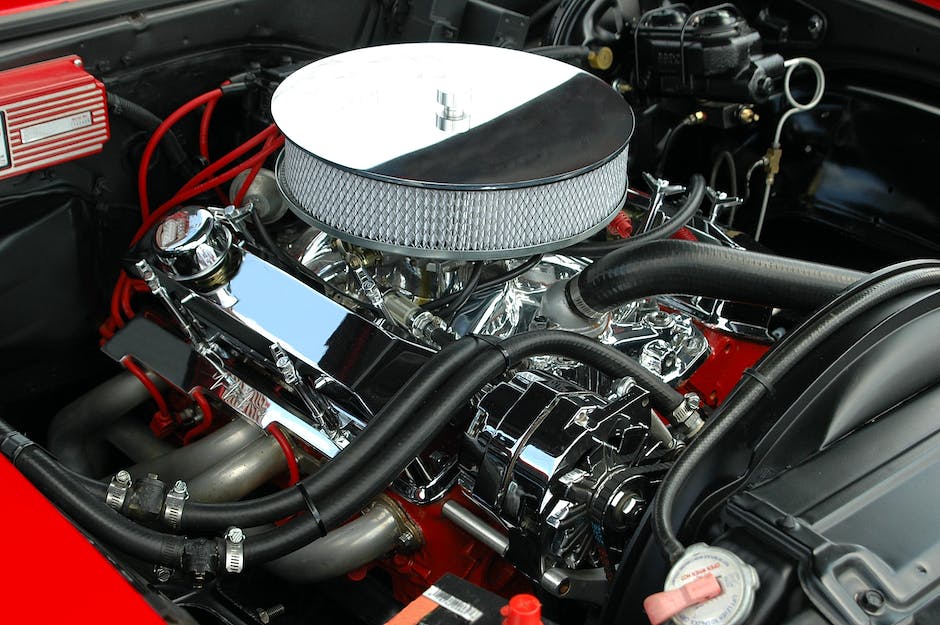Are you aware that fire incidents in vehicles can lead to catastrophic consequences? That’s why it’s crucial to prioritize automotive safety. In this article, we’ll dive deeper into the benefits of implementing fire alarm systems in vehicles. How do they enhance safety? Do they actually make a significant difference? Let’s find out in detail in the article below.
Enhancing Automotive Safety: Exploring the Benefits of Fire Alarm Systems
Introduction
Are you aware that fire incidents in vehicles can lead to catastrophic consequences? That’s why it’s crucial to prioritize automotive safety. In this article, we’ll dive deeper into the benefits of implementing fire alarm systems in vehicles. How do they enhance safety? Do they actually make a significant difference? Let’s find out in detail below.
Preventing Catastrophic Fire Incidents
When it comes to vehicular fires, prevention is key. Fire alarm systems installed in vehicles play a crucial role in detecting and preventing the onset of fire incidents early on. These systems consist of various sensors strategically placed throughout the vehicle, capable of detecting smoke, heat, or even abnormal voltage fluctuations in the electrical systems. Upon detecting any potential fire hazard, the system triggers an alarm to notify the vehicle occupants and alert them to take immediate action.
Early detection is vital, as it allows occupants to evacuate the vehicle promptly and seek help before the fire spreads and becomes uncontrollable. Fire alarm systems give crucial seconds and minutes that can make a significant difference in preventing catastrophic outcomes.
Automatic Activation and Suppression
Modern fire alarm systems not only provide early warnings but can also activate automatic fire suppression measures. This feature adds an extra layer of safety, as it allows the system to address the fire hazard before it escalates. Automatic suppression can include various measures such as deploying fire suppressant agents, shutting off the vehicle’s power supply, or activating fire retardant systems.
These automated suppression mechanisms can be triggered by the fire alarm system’s sensors, which detect the presence of smoke or abnormal heat levels. By taking immediate action, the system can suppress the fire and greatly reduce the risk of it spreading and causing significant damage or harm.
Integration with Vehicle Control Systems
Fire alarm systems in vehicles can be integrated with the vehicle’s control systems, further enhancing safety and preventing potential fire incidents. This integration allows the alarm system to not only detect fires but also control various aspects of the vehicle to mitigate risks. For example, the system can automatically shut off the fuel supply, activate the hazard lights, unlock doors, and even communicate with the vehicle’s onboard computer to initiate emergency protocols.
By integrating with the vehicle’s control systems, fire alarm systems can facilitate a coordinated response, making it easier to control the situation and ensure the safety of occupants.
Compliance with Safety Standards and Regulations
Implementing fire alarm systems in vehicles not only enhances safety but also ensures compliance with safety standards and regulations set by relevant authorities. These systems are designed to meet specific guidelines, which often mandate the inclusion of fire detection and suppression measures in commercial vehicles, public transportation vehicles, or high-risk industries that utilize specialized vehicles, such as mining or firefighting.
By adhering to these safety standards, manufacturers and operators can demonstrate their commitment to protecting lives and preventing fire-related incidents. It also helps them avoid potential legal liabilities associated with inadequate safety measures.
Conclusion
In conclusion, the implementation of fire alarm systems in vehicles offers numerous benefits in terms of safety enhancement. These systems aid in the early detection and prevention of fire incidents, provide automatic suppressive measures, integrate with vehicle control systems, and ensure compliance with safety standards and regulations. By investing in fire alarm systems, manufacturers and operators prioritize the well-being of individuals and take significant steps towards reducing the devastating consequences of vehicular fires.
Additional Information
1. How do fire alarm systems work in vehicles?
2. What are the different types of sensors used in vehicle fire alarm systems?
3. Are there any specific regulations and standards for fire alarm systems in vehicles?
4. What are some common challenges or limitations of implementing fire alarm systems in vehicles?
5. How can vehicle owners and manufacturers ensure the proper maintenance and upkeep of fire alarm systems?
